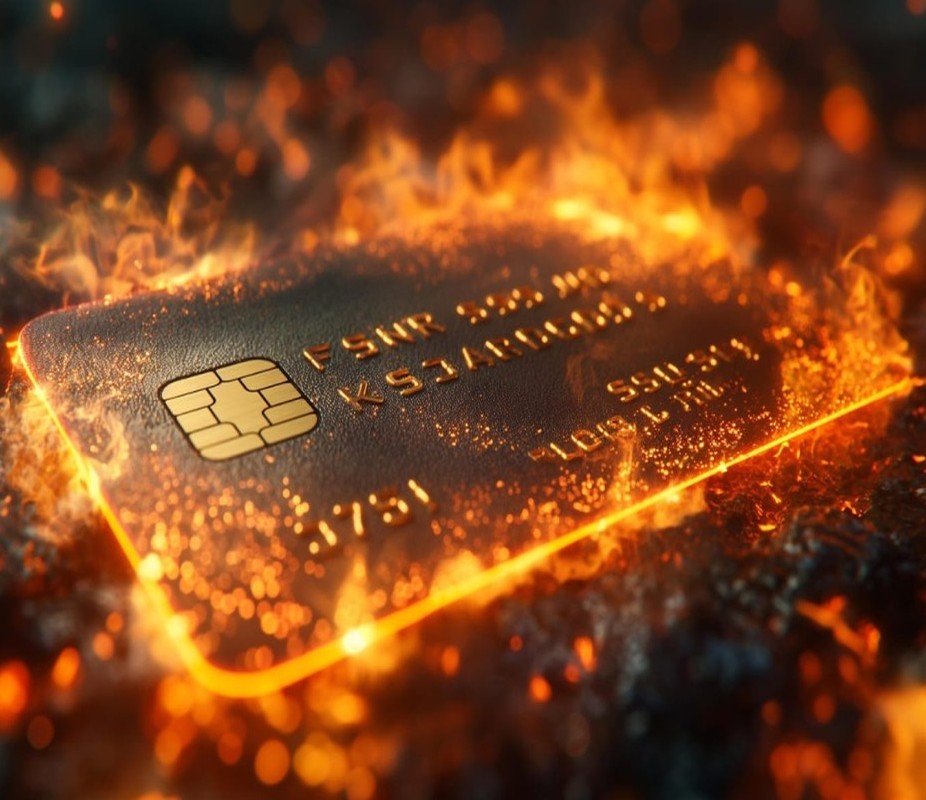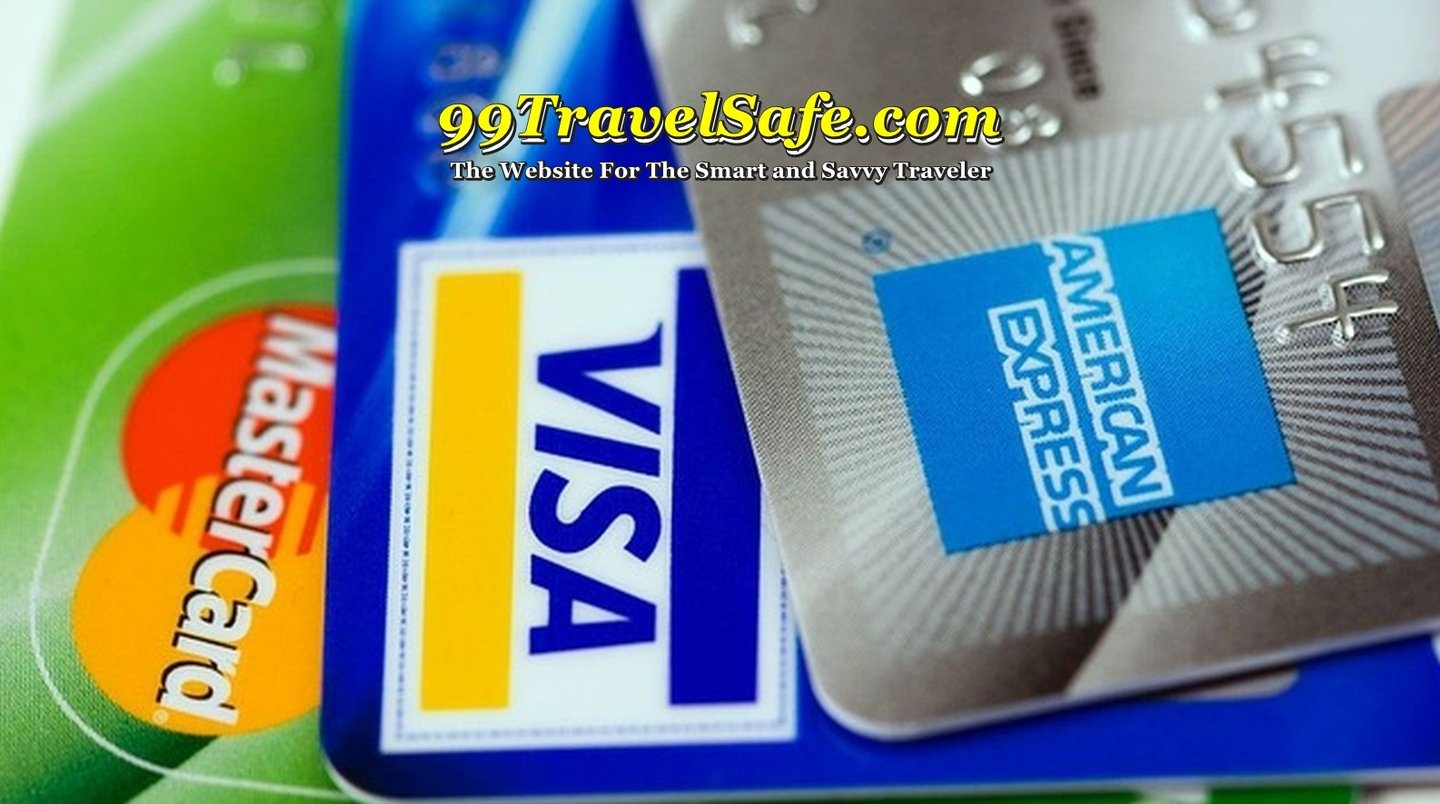

99TravelSafe.com
The Website For The Smart and Savvy Traveler
35 – Ensuring Credit Card Safety While You Travel!
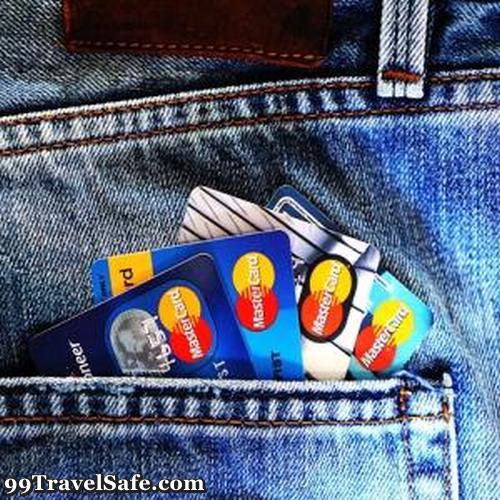

Related Pages - Please Also See;
33 – In Case of Theft and Loss During Travel
34 – Ensuring Money or Cash Safety During Travel
35 – Ensuring Credit Card Safety During Travel
14 - Precautions While Walking On The Streets During Travel
Safety Tips for Business Travelers
Travel Safety for Senior Citizens
Ensuring Credit Card Safety While You Travel!
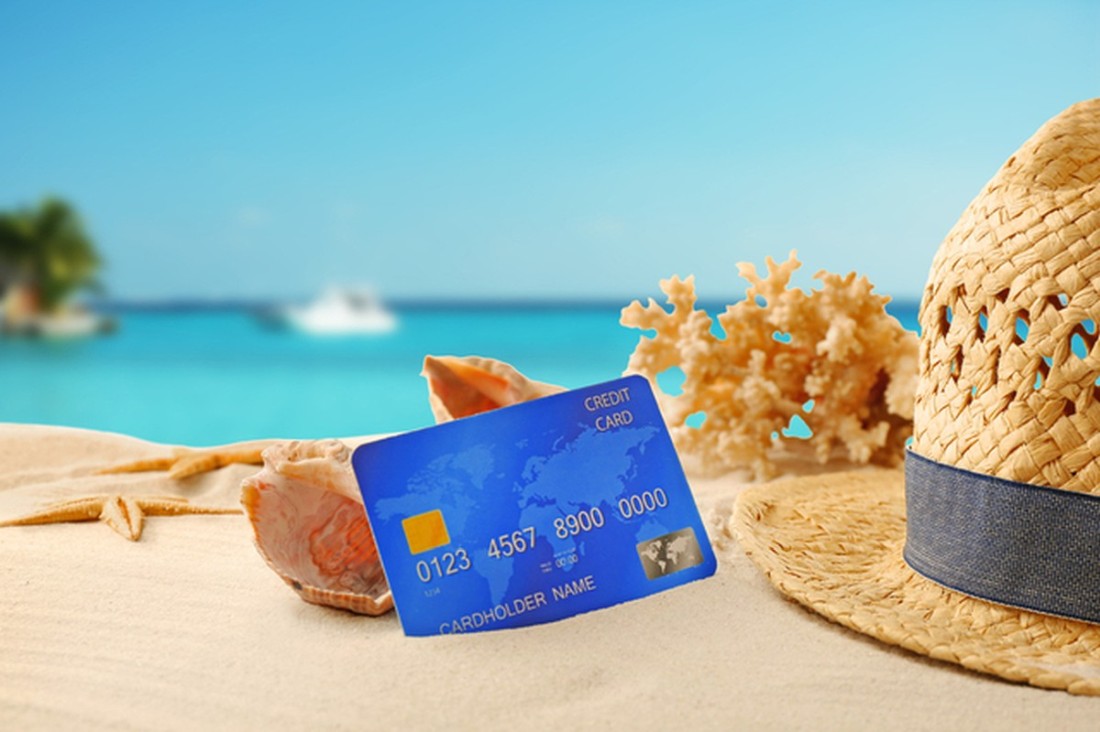

ANYTIME you travel, you should make photocopies of all of your credit cards, airline tickets and documents, both front and back. You should leave these photocopies with friends or relatives back home!
When you are leaving make sure your card is not near its credit limit, as you could get arrested abroad if you try to cross your credit limit
1-800 helpline numbers do not work from abroad, make sure you have a number to your credit card company that works from outside the country!
Treat your credit card number as if it were a precious secret
Only tell it to those who really need to know
There is absolutely no reason to carry every single credit card you own around with you!
Some banks and credit unions cut off credit cards that are used 6 or more times in one day, so carry more than one card, if possible!
Debit Cards vs. Credit Cards?
Choosing Between Them
Use a Debit Card:
for everyday spending to avoid debt and stay on budget
Use a Credit Card:
for larger purchases, emergencies, online shopping for better protection, or to earn rewards!
Always understand your card's terms, including fees, interest rates, and payment deadlines, to avoid unexpected costs
Online Usage of Debit Cards and Credit Cards
Credit cards offer stronger fraud protection because unauthorized charges can be disputed before payment is finalized. With debit cards, money is deducted instantly, making refunds more difficult! Both cards have benefits, but credit cards offer better security and credit-building advantages when used wisely!
USE only Credit Cards online. Do NOT Use Debit Cards Online!
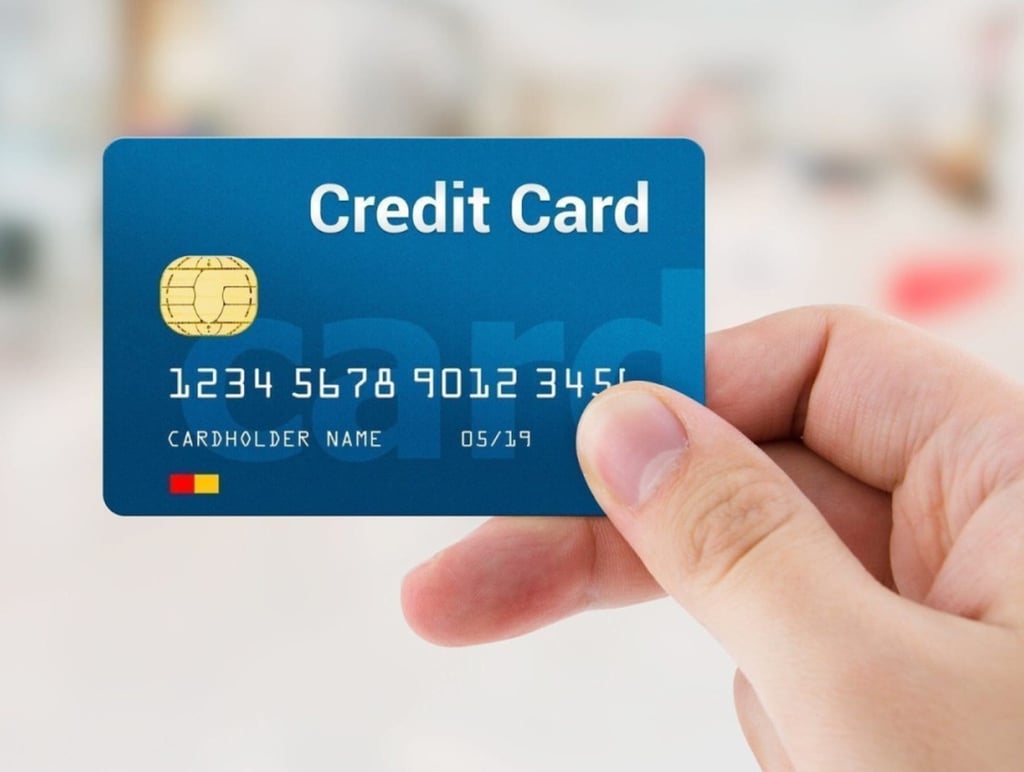

More Tips on Ensuring Credit Card Safety While You Travel!
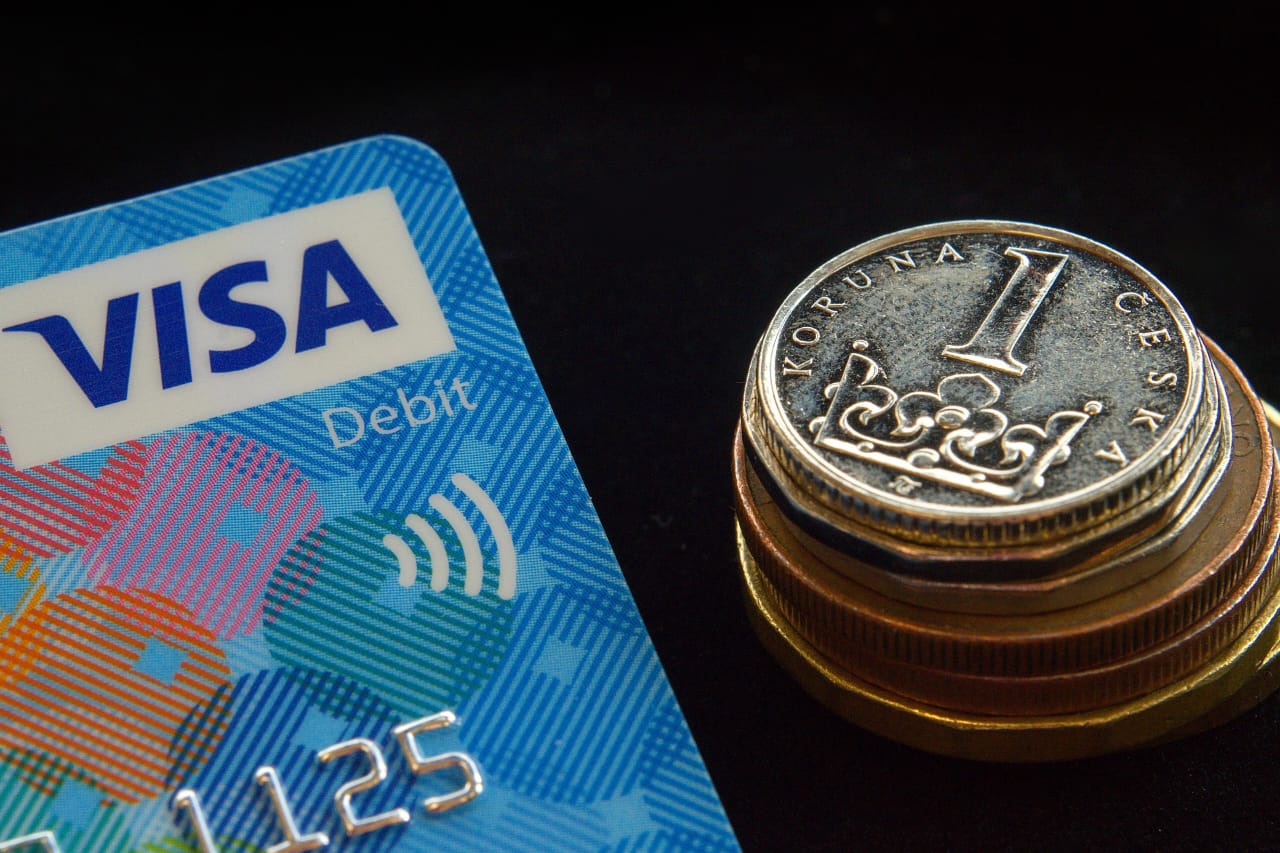

If you travel with someone, especially a husband or wife, make sure you travel with individual credit cards in separate names. If one was lost, you could survive on the other credit card for a few days until the other is replaced
Never keep photocopies of credit cards in your luggage or an open space. Cut off the expiry dates and names from the copies!
While your liability in stolen credit card cases is limited to $50/card in most cases, this can quickly add up if multiple cards are involved
When traveling abroad and using a credit card, watch out for the conversion fee that many banks charge to convert charges in foreign currencies to dollars
Many foreign ATMs only accept four-digit PIN numbers. If your PIN is longer, check with your financial institution about changing it before you leave the country. Sometimes it is as simple as going to your own bank's ATM and changing it yourself
Each month when your credit card statement comes in, do not automatically assume everything on it is accurate. Read every line item on your credit card statement and make sure each and every charge is legitimate
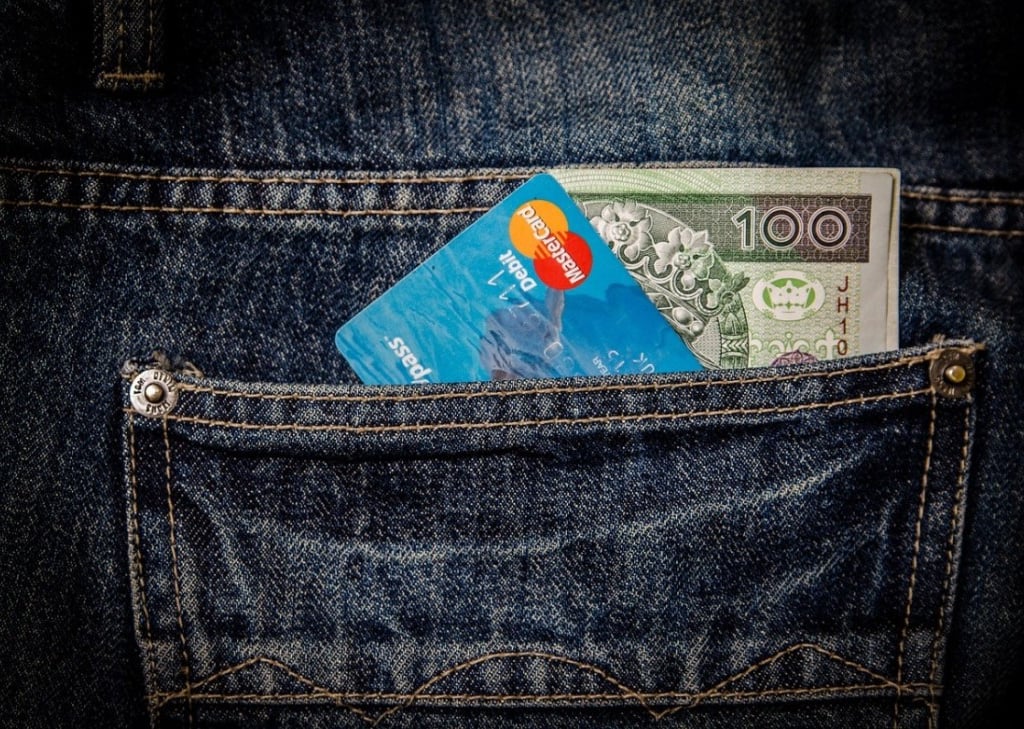

Some More Tips on Ensuring Credit Card Safety While You Travel!
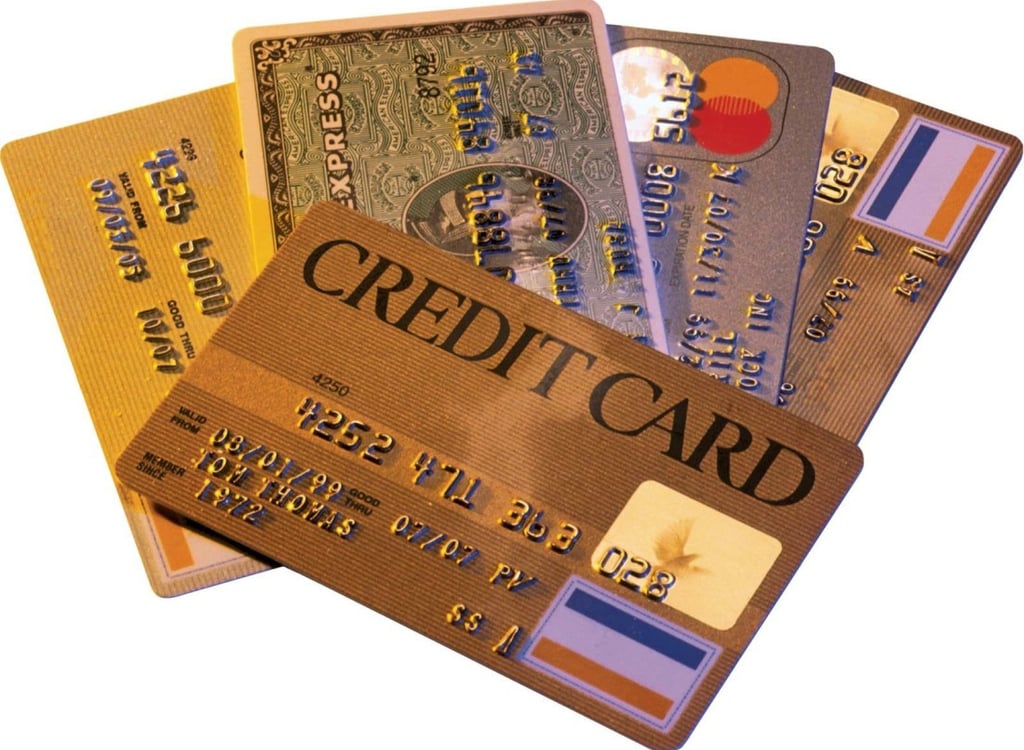

As you venture on your travels abroad, ensure your local bank knows of your travel plans!
This way, it will NOT decline card transactions that may otherwise seem suspicious
Do sign up for credit card account alerts. When you do this, you will get text, email or push notifications whenever your card is used!
Then, if your card is somehow compromised and someone uses it for an unauthorized transaction, you wil know about it in time to take action
Travelers On Vacation Can Be an Easy Target for Scammers;
One popular scam is credit card skimming. This is common at gas stations and at ATMs, as these places can be set up to capture your card information and enable scammers to use it for fraudulent transactions!
To Protect Yourself:
-- Prevent people nearby from seeing your personal identification number (PIN) when you enter it at the ATM
-- Don’t give your passport or credit cards as a security deposit to tour operators or anyone else
-- Don’t keep all of your cash in one place. Split it between your wallet, money belt, or hidden pockets to avoid losing everything to one mishap!
-- Check payment terminals and ATMs for skimming devices before using them
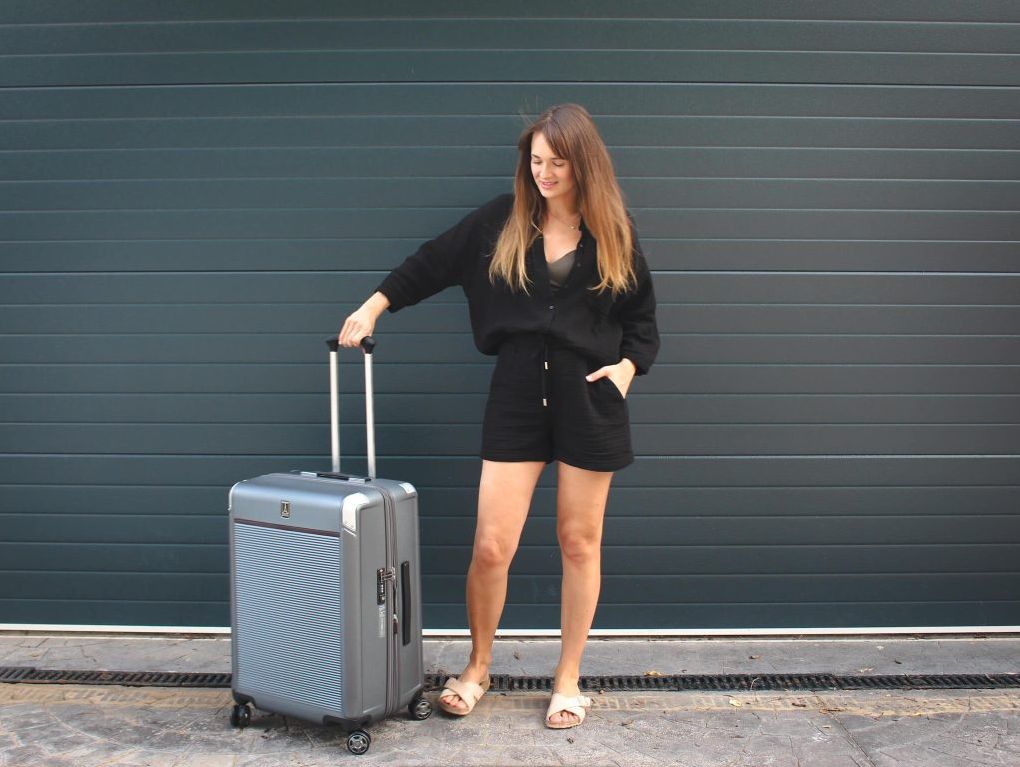

Ensuring Credit Card Safety While You Travel - A Summary!
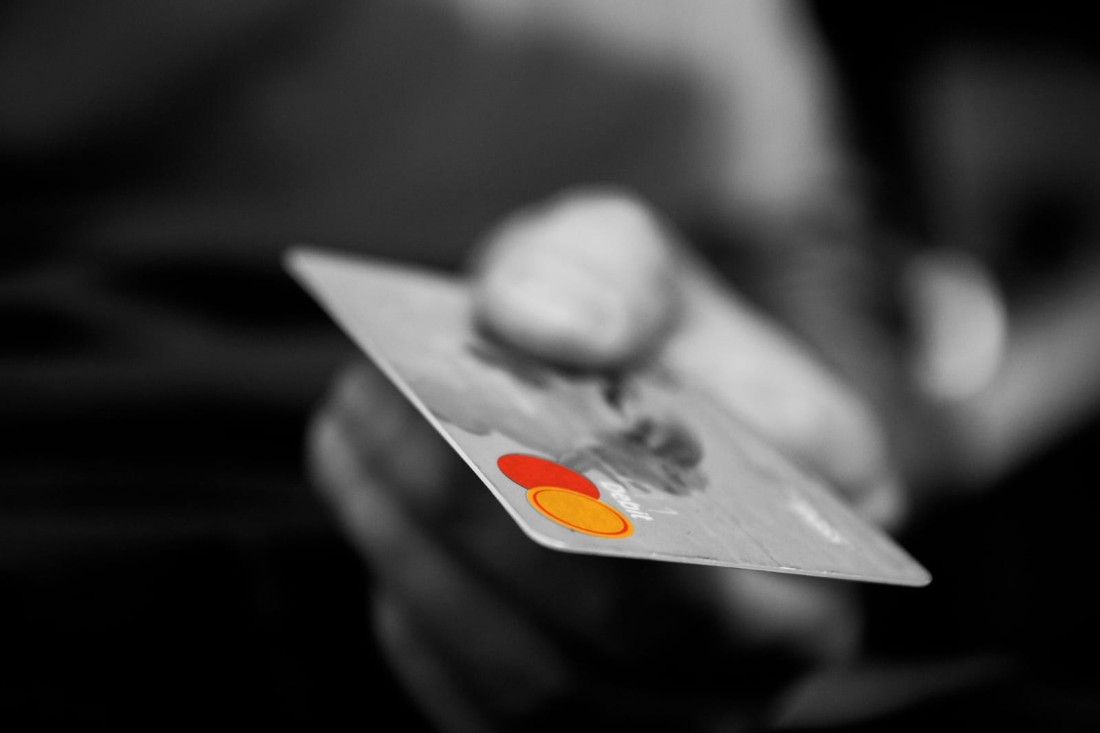

To protect your credit card while traveling, notify your card issuer of your itinerary, carry multiple backup cards, and keep your cards secure in a money belt or hotel safe. Be vigilant for skimming devices at ATMs, and avoid using unsecured public Wi-Fi for banking. Create a secure digital or physical record of your card details, including contact numbers for reporting loss or theft, to access quickly if needed
Before Your Trip
Inform Your Bank:
Notify your credit card issuer about your travel dates and destinations to prevent your card from being flagged as suspicious and potentially frozen
Carry Multiple Cards:
Bring more than one card from different issuers as a backup in case one is lost, stolen, or blocked
Record Your Details:
Keep a secure record of your card numbers, expiration dates, and CVVs, as well as your bank's international contact number
Set Up Alerts:
Enable real-time fraud alerts on your credit card accounts to monitor for suspicious activity as it happens
Research Fees:
Understand any foreign transaction fees or international ATM fees associated with your cards
During Your Trip
Secure Your Cards:
Store cards in a money belt, a hidden pocket, or a hotel safe, not in easily accessible spots like a back pocket or an open bag
Be Wary of Skimmers:
Inspect ATMs and payment terminals for suspicious attachments or anything that looks out of place. Use machines in well-lit, reputable areas
Protect Your PIN:
Memorize your PIN and block the view of the keypad when you enter it to prevent shoulder surfing
Avoid Public Wi-Fi:
Do not access your financial accounts or enter sensitive information while connected to an unsecured public Wi-Fi network
Stay Alert:
Be aware of your surroundings to avoid pickpockets and common scams, such as distractions at ATMs
Keep Your Card Visible:
Whenever possible, keep your card in your sight during transactions.
If a Card is Lost or Stolen
Report Immediately:
Contact your card issuer as soon as you notice a card is lost or stolen to report the loss and limit potential losses.
Use Your Backup:
Switch to a backup card or your cash.
Monitor Accounts:
Keep an eye on your credit card statements and account activity to identify any fraudulent charges.
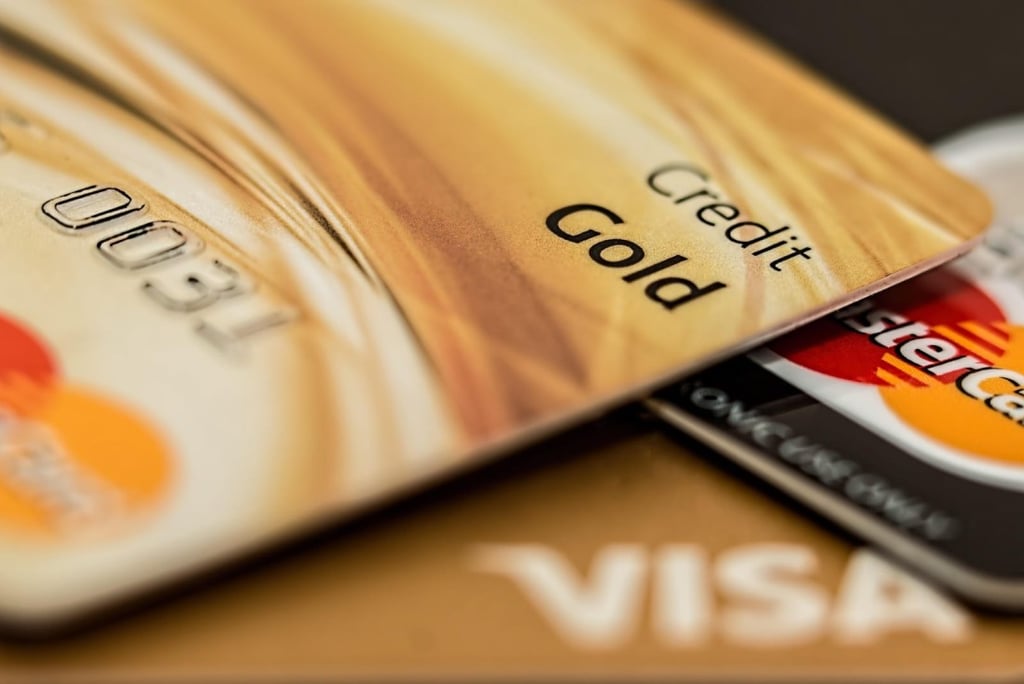

Preventing RFID Credit Card Theft!
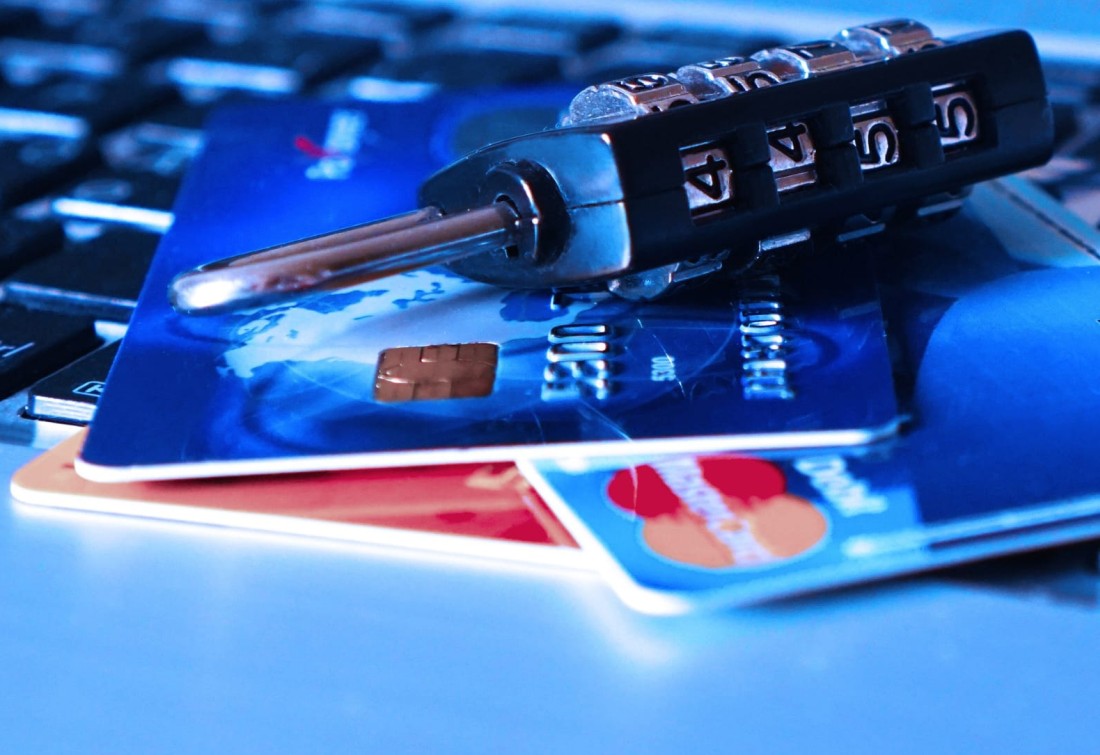

To prevent RFID credit card theft, use RFID-blocking sleeves or wallets that create a shield, switch to mobile payment apps like Apple Pay or Google Pay that use tokenization, choose chip transactions over contactless, and monitor your accounts for unauthorized activity. You can also try placing your cards in a front pocket, storing them together to make them harder to scan, or using aluminum foil as a temporary shielding method.
Physical Protection
RFID-Blocking Sleeves and Wallets
: These are the most common and effective solutions, designed to block the electromagnetic signals used by skimming devices.
DIY Shielding
: You can create a temporary shield by wrapping a single card in heavy-duty aluminum foil, though this is less convenient for everyday use.
Card Placement
: Store your RFID cards close together in your wallet, or keep your wallet in a front pocket to deter thieves.
Digital and Behavioral Changes
Mobile Payment Apps
Use services like Apple Pay, Google Pay, or Samsung Pay. They use tokenization, which creates a unique, one-time-use code for each transaction, making your actual card number inaccessible to fraudsters.
Prioritize Chip Transactions
When paying, use the EMV chip or insert your card instead of tapping to pay whenever possible. Chip transactions encrypt data, offering greater security than contactless "tap-to-pay".
Regularly Check Statements
Set up transaction alerts and review your bank and credit card statements frequently to quickly identify and flag any unauthorized activity.
Other Tips
Limit Card Exposure
Only carry the cards you need for a particular outing, especially when going to crowded public places.
Be Aware of Your Surroundings
Pay attention to people around you, particularly in crowded areas, to reduce the risk of both physical and electronic pickpocketing.
Disable Contactless (If Possible)
For maximum security, if you find a financial institution that allows it, you can disable the contactless feature on your card.
Disable Tap-to-Pay
When possible, choose to use the EMV chip (inserting your card) instead of contactless payments for greater security.
Store Cards Together
Placing multiple RFID-enabled cards close to each other can make it harder for a thief to scan a specific card.
Always Be Aware of Your Surroundings
Carry your cards in a front pocket to be more observant of people around you and discourage thieves from getting close enough to scan your cards.
Monitoring and Alerts
Monitor Transactions
Regularly check your credit card statements to identify and flag any fraudulent activity.
Enable Payment Notifications
Set up instant transaction alerts on your mobile device to be informed of every purchase, allowing you to detect unauthorized transactions quickly.
